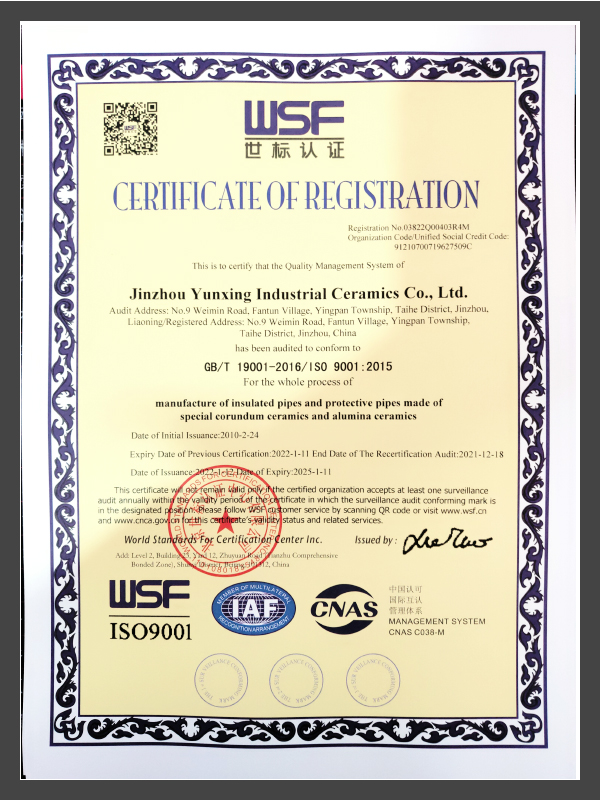New progress has been made in strain rate dependence testing technology for alumina ceramics

In recent years, with the extensive application of advanced ceramic materials in fields such as aerospace and national defense and military industry, the dynamic response characteristics of alumina ceramics under high strain rate loads have become a research hotspot. In order to reveal the correlation between its mechanical behavior and strain rate, scientific research teams at home and abroad have carried out systematic research through innovative experimental methods, and the related testing technologies and application achievements have received much attention.
In terms of dynamic testing technology, the Split Hopkinson Pressure Bar (SHPB) has become a key tool, which is capable of simulating complex loading conditions ranging from quasi-static to high strain rates. By combining ultra-high-speed photography with Digital Image Correlation (DIC) analysis, researchers have achieved real-time capture of the evolution of the internal strain field of materials, and observed the patterns of the crack propagation path and speed changing with the strain rate. For example, under the combined compression-shear load, the equivalent strength of alumina ceramics decreases significantly as the shear angle increases, and there is a positive correlation between the crack propagation speed and the strain rate, revealing the influence mechanism of shear strain localization on material failure.
In addition, the shock compression experimental technology has also been applied to the research of extremely high strain rate environments. Through the design of planar shock waves and the testing with the VISAR (Velocity Interferometer System for Any Reflector), scientists have analyzed the dynamic failure characteristics of alumina ceramics under one-dimensional strain conditions, providing an experimental basis for understanding its Hugoniot elastic limit and the propagation of failure waves under high-pressure shock.
It is worth noting that the strain rate sensitivity shows significant differences under different loading modes. Studies have shown that the compressive strength of alumina ceramics has a higher dependence on the strain rate than the tensile strength. This difference is closely related to the transition of the crack propagation mode (transgranular fracture and intergranular fracture). Under quasi-static loading, intergranular fracture is the main mode, while dynamic loading is more likely to cause transgranular fracture. This response characteristic of the microstructure provides an important reference for material design.
In the future, with the deep integration of multi-scale characterization technologies and computational models, the research on the strain rate effect of alumina ceramics will further drive application innovation in fields such as anti-impact protection and high-energy equipment.

